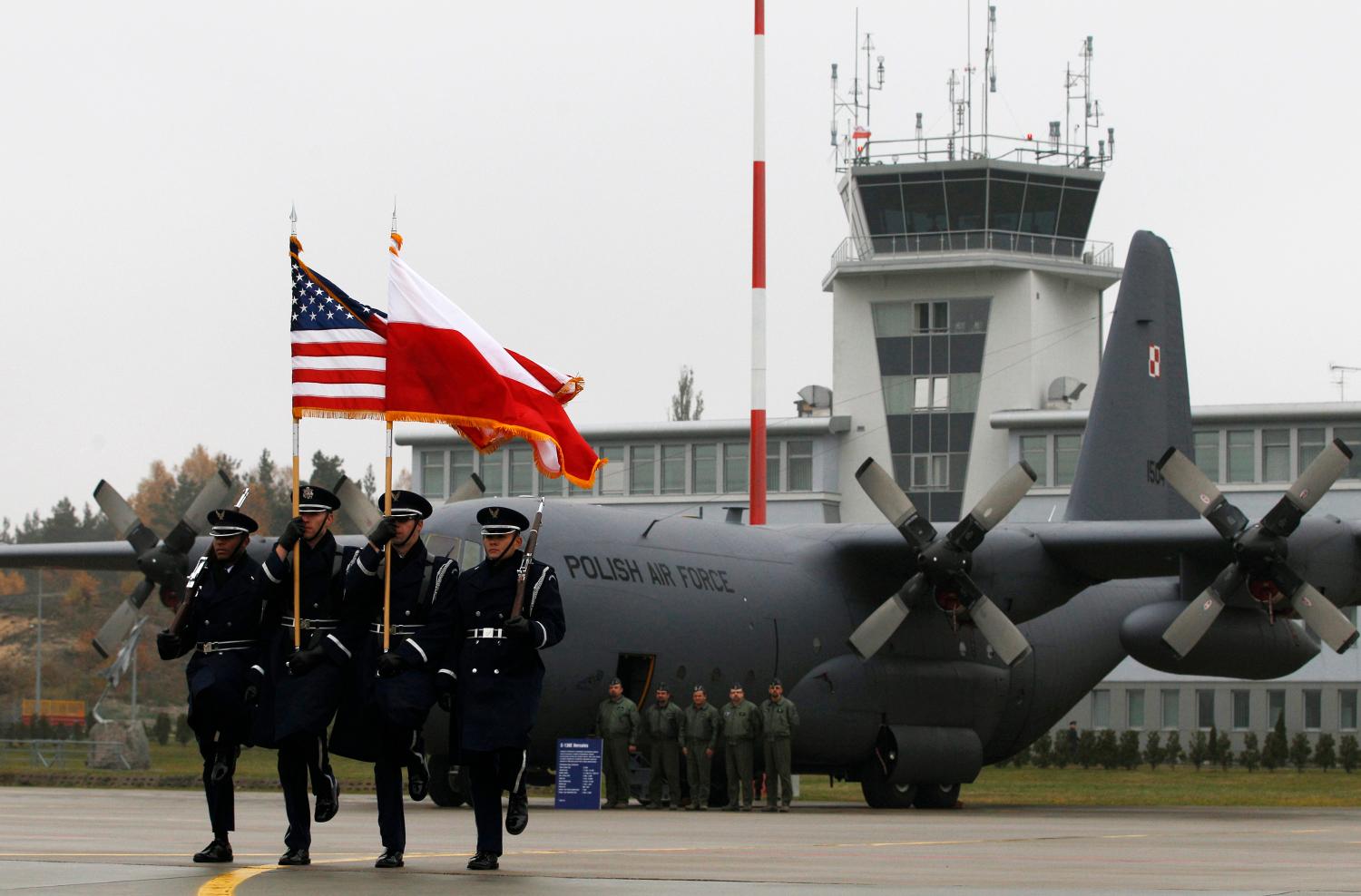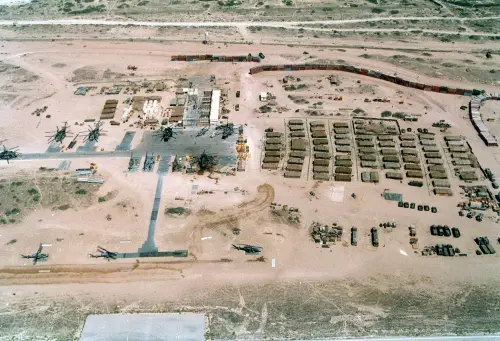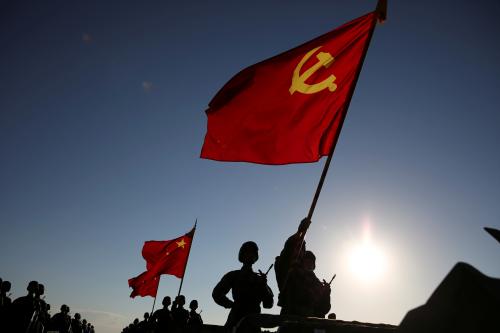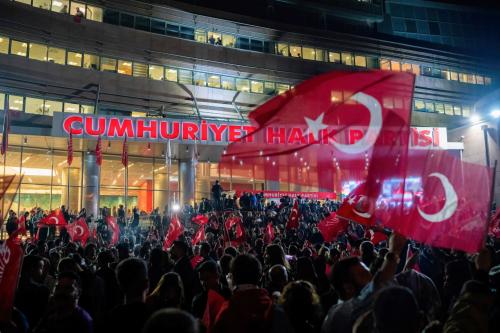Executive summary
After the end of the Cold War, the United States slowly shifted its focus away from guaranteeing European security to countering the rise of China. In the 1990s, the United States steadily reduced the number of U.S. troops stationed in Europe. Russia also withdrew large numbers of troops, retaining only some legacy bases in former Soviet states.
However, over the past decade, Russia has modernized and expanded its military footprint along NATO’s eastern flank. And this effort — particularly Moscow’s incursions in Ukraine both in 2014 and now — has revitalized the NATO alliance. In response to Russia’s increased aggression, the United States and NATO initially set up a tripwire defense of Europe based on rotational forward deployments. Now, with full blown war on the continent, the United States has once again raised the number of troops deployed in Europe, including small numbers on a permanent basis.
Regardless of the outcome of the war in Ukraine, Russia will likely pose an enduring threat to peace and stability on the European continent. Given this reality, Washington faces the challenge of adjusting its basing strategy in Europe to balance its European commitments with its high-priority commitment to address emerging threats from China. The degraded European security environment is a real threat to the U.S.-led liberal order. Defending Europe and maintaining transatlantic unity are critical tasks for Washington that will likely require greater sustained troop presence in Central and Eastern Europe (CEE), as well as careful alliance management.
-
Acknowledgements and disclosures
The author would like to thank Andrew Yeo and Isaac Kardon for reviewing and commenting on drafts of this memo. The author also wishes to thank Lori Merritt for editing and Rachel Slattery for layout.






